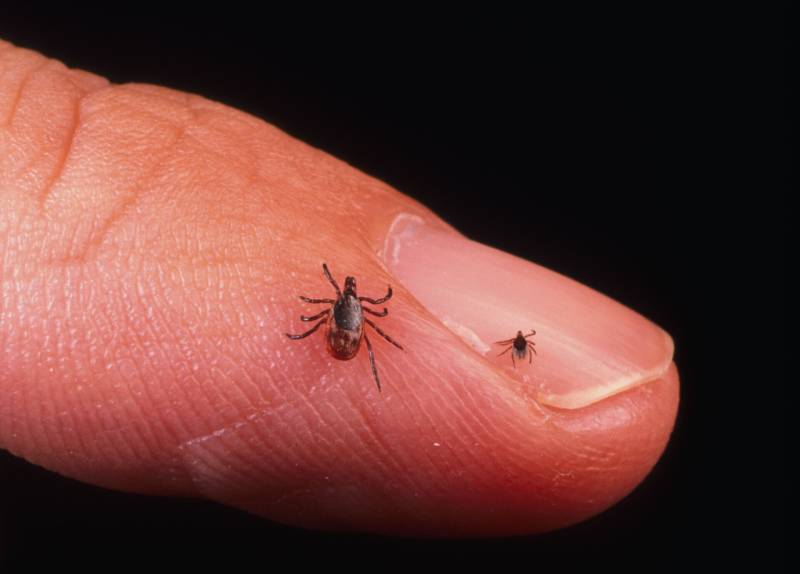Ticks love moist, wet weather, which means they’re out in droves all across California this spring after historic storms saturated the state.
“It’s beautiful outside,” said Linda Giampa, executive director of the Bay Area Lyme Foundation. “Everyone wants to get out and hike. We just want to make sure that people understand what to do and how to be safe out there, because it is going to be a massive tick season.”
Giampa said early studies suggest 30% to 40% more ticks are out this year compared to dry years, and this season is likely to last much longer than usual.



